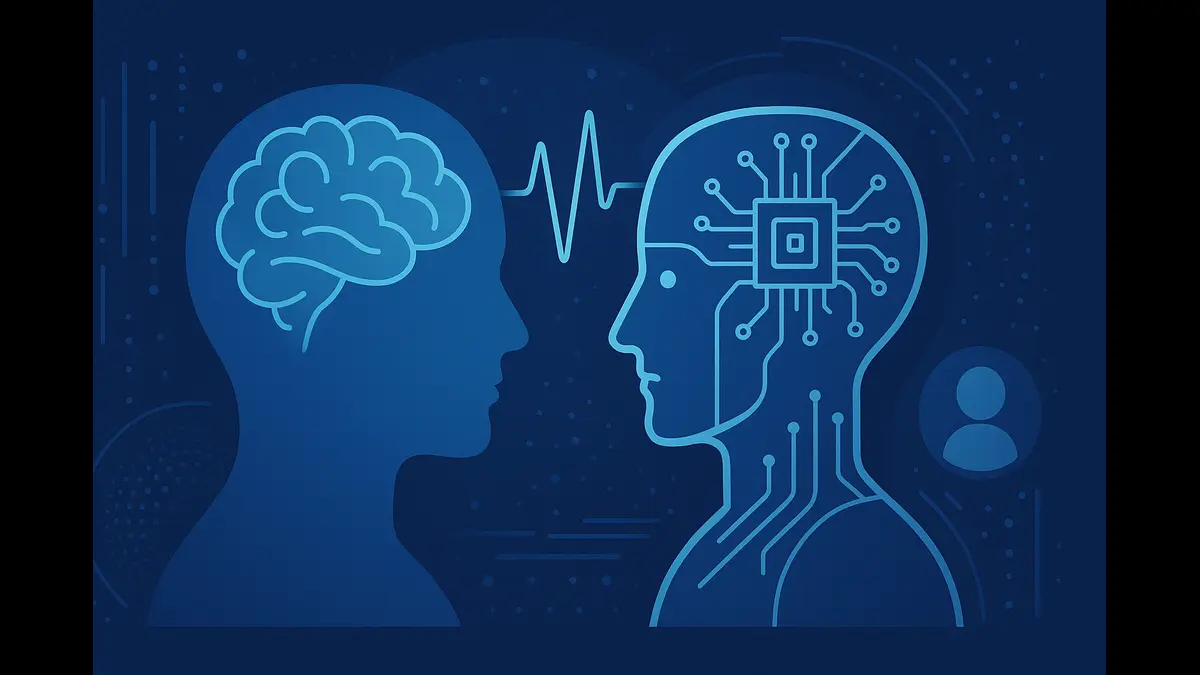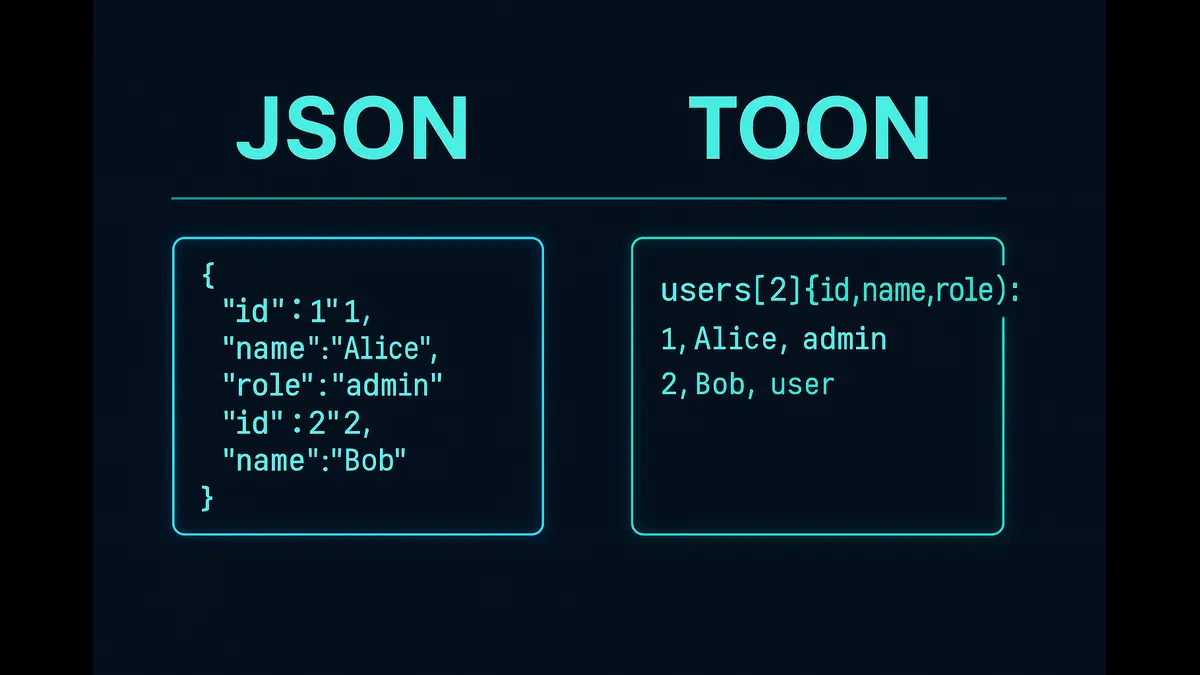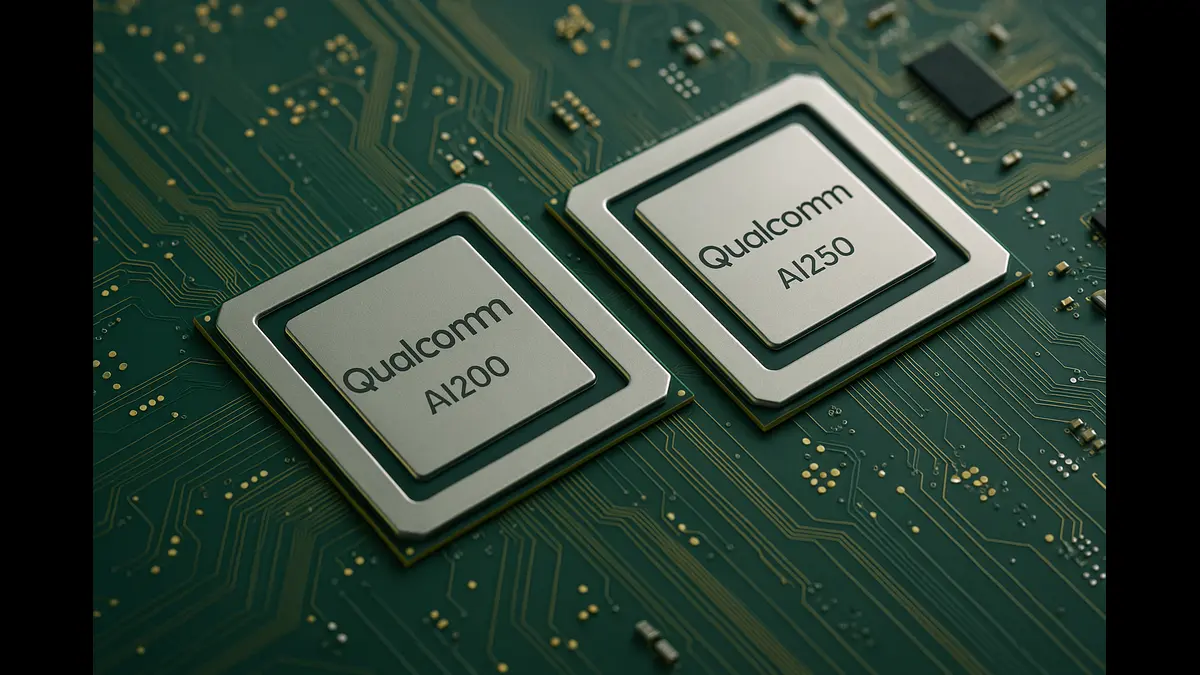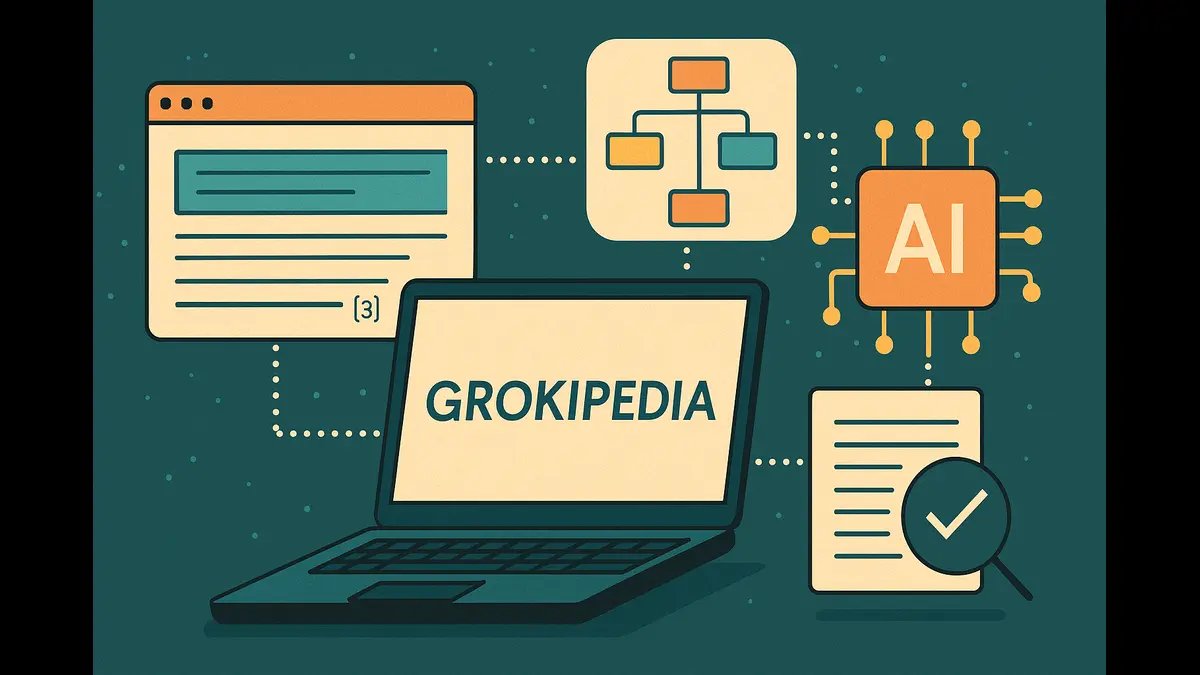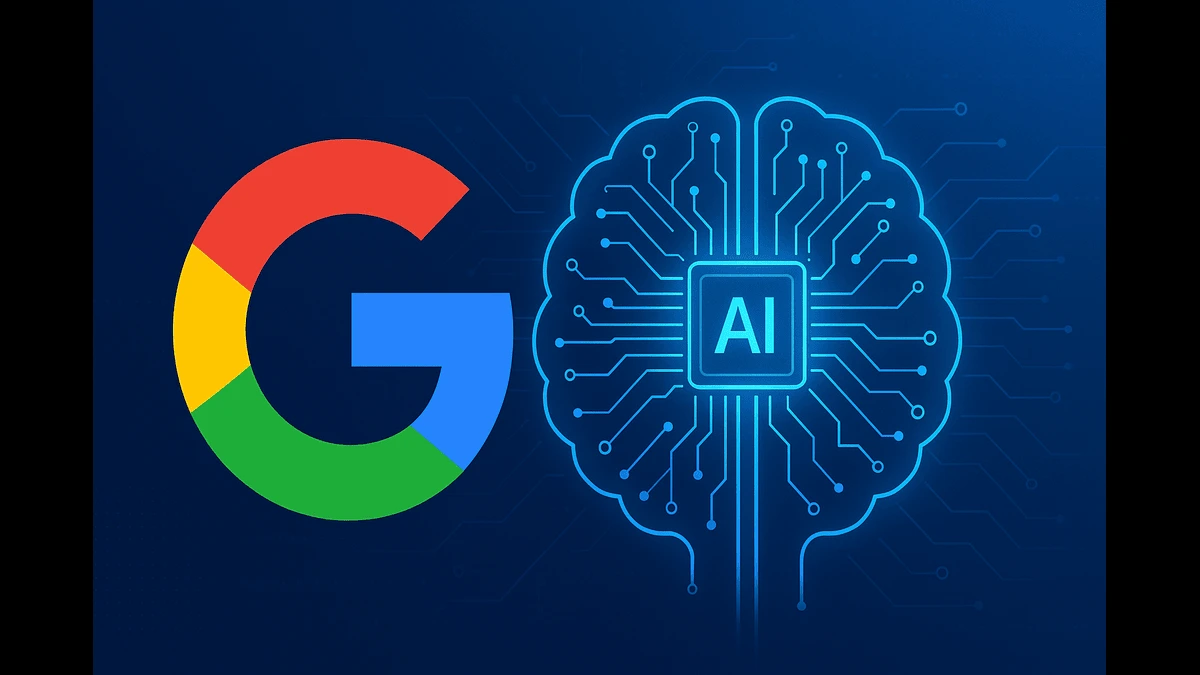
Deep Cogito’s Cogito v2 introduces four open‑source models—from 70B to a flagship 671B MoE—delivering hybrid reasoning and embedded intuition via Iterated Distillation & Amplification. Trained at under $3.5M, these models match or outperform Open‑source peers like DeepSeek, while offering emergent visual reasoning—even without vision training.
Deep Cogito has introduced Cogito v2, a new family of open-source artificial intelligence (AI) models engineered to enhance their own reasoning capabilities. This release represents a significant step forward in the AI landscape, offering a suite of models that prioritize efficiency, accessibility, and advanced reasoning. Released under an open-source license, Cogito v2 comprises four hybrid reasoning models, ranging from mid-sized to large-scale, and introduces innovative techniques that distinguish it in the competitive field of AI development.
The Cogito v2 Lineup: Scale and Structure
The Cogito v2 family includes four models, differentiated by their parameter sizes: two mid-sized models at 70 billion (70B) and 109 billion (109B) parameters, and two large-scale models at 405 billion (405B) and 671 billion (671B) parameters. The largest, a 671B Mixture-of-Experts (MoE) model, is recognized as one of the most powerful open-source AI models available. According to Deep Cogito, this flagship model competes closely with DeepSeek’s latest offerings and narrows the performance gap with proprietary systems such as OpenAI’s O3 and Anthropic’s Claude 4 Opus.
The Mixture-of-Experts architecture in the 671B model is a key feature. MoE models utilize specialized subnetworks, or “experts,” to handle different aspects of a task, improving efficiency by activating only the relevant components for a given input. This design enables the model to process complex tasks with notable speed and precision, making it a standout in the open-source AI ecosystem.
A New Approach to Reasoning: Iterated Distillation and Amplification
The hallmark of Cogito v2 is its innovative approach to reasoning, which departs from traditional AI models that rely on extended inference times to derive answers. Instead, Cogito v2 employs a technique called Iterated Distillation and Amplification (IDA). This method distills insights gained from a model’s reasoning process back into its core parameters, effectively embedding a form of “intuition” into the system. By internalizing these reasoning patterns, the model can anticipate outcomes without conducting exhaustive searches, resulting in faster and more direct problem-solving.
This internalized reasoning yields significant efficiency gains. Deep Cogito reports that Cogito v2’s reasoning chains are 60% shorter than those of competitors like DeepSeek R1. Shorter reasoning chains translate to reduced computational demands, making the models not only faster but also more resource-efficient. This efficiency is particularly valuable for researchers and organizations with limited access to high-end computational infrastructure, as it broadens access to advanced AI capabilities.
Cost-Effective Development
A remarkable aspect of Cogito v2’s development is its cost. Deep Cogito developed the entire lineup—from initial experiments to final training—for less than $3.5 million. While substantial for individuals, this figure is significantly lower than the budgets of many leading AI labs, which often invest tens or hundreds of millions in model development. This cost-effective approach underscores Deep Cogito’s commitment to making advanced AI accessible to a wider community, aligning with the principles of open-source development.
The efficiency in development extends to the models’ performance. The flagship 671B model was trained with a focus on refining not just its final outputs but also its reasoning process. By discouraging inefficient, meandering thought paths and rewarding direct solutions, Deep Cogito has created a model that delivers high performance with optimized resource use. Benchmark comparisons indicate that the 671B model matches or surpasses DeepSeek’s latest models and performs competitively against proprietary systems, reinforcing the effectiveness of this approach.
Emergent Capabilities: Reasoning Beyond Text
An unexpected strength of Cogito v2 is its ability to reason about images, a skill it developed without explicit training. Through transfer learning, the models can analyze visual data, drawing inferences about elements such as composition, color, and context. Deep Cogito highlighted an example where the 671B model compared images of a duck and a lion, reasoning about their habitats and visual characteristics. This emergent capability suggests that Cogito v2 could serve as a foundation for future multimodal AI systems, which integrate text, images, and other data types to provide more comprehensive insights.
This ability to reason about images without targeted training highlights the robustness of Cogito v2’s architecture. Transfer learning allows the model to apply knowledge gained from one domain (e.g., text-based reasoning) to another (e.g., image analysis), demonstrating flexibility and adaptability. Deep Cogito believes this property could be leveraged to generate training data for future multimodal systems, potentially reducing the need for extensive labeled datasets.
Commitment to Open-Source Principles
Deep Cogito’s decision to release Cogito v2 under an open-source license reflects its dedication to fostering collaboration and innovation in the AI community. By making the models freely available, the company enables researchers, developers, and organizations worldwide to build upon its work, customize the models for specific applications, and contribute to their ongoing improvement. This open-source approach contrasts with the proprietary models developed by some industry leaders, which often restrict access and limit transparency.
The company has outlined its future plans, emphasizing a strategy of iterative self-improvement. This approach involves continuously refining the models’ reasoning capabilities, building on the gains achieved with Cogito v2. Deep Cogito’s long-term vision is to advance toward superintelligence, a goal it pursues while maintaining its commitment to open-source principles. By sharing its models and methodologies, Deep Cogito invites the global AI community to participate in this ambitious journey.
Implications for the AI Landscape
The release of Cogito v2 has significant implications for the AI field. Its combination of advanced reasoning, cost-effective development, and open-source accessibility challenges the dominance of proprietary systems and highlights the potential of collaborative innovation. The models’ efficiency, particularly in reasoning and resource use, makes them viable for a wide range of applications, from academic research to industry solutions.
Moreover, the emergent image-reasoning capability opens new avenues for exploration. As AI systems increasingly integrate multiple data modalities, Cogito v2’s ability to reason across text and images positions it as a valuable tool for developing next-generation AI applications. This versatility, combined with the models’ open-source nature, could accelerate progress in fields such as computer vision, natural language processing, and multimodal AI.
Deep Cogito’s Cogito v2 represents a significant advancement in open-source AI, offering a family of models that excel in reasoning, efficiency, and adaptability. By leveraging Iterated Distillation and Amplification, Deep Cogito has created AI systems that internalize reasoning processes, resulting in shorter, more efficient problem-solving paths. The models’ cost-effective development and emergent capabilities, such as image reasoning, further enhance their value. As Deep Cogito continues to refine its models and pursue its vision of superintelligence, its commitment to open-source principles ensures that the broader AI community can benefit from and contribute to these innovations. Cogito v2 is not just a technological achievement; it is a step toward a more accessible and collaborative future for AI development.
Discover more from Poniak Times
Subscribe to get the latest posts sent to your email.

